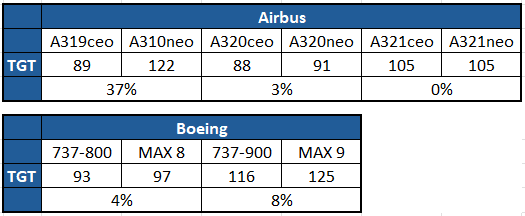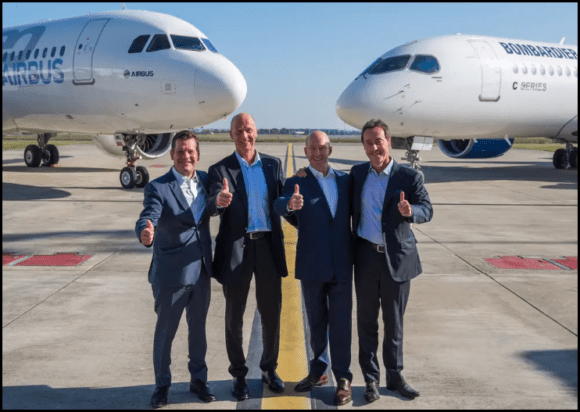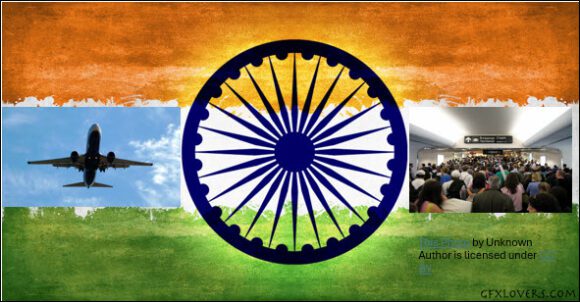
MAX LEAP e1594652695747
Airlines make money when airplanes are full and flying, but not when they are sitting on the ground between flights. A hallmark of ultra-low-cost carriers is minimizing time spent on the ground and getting passengers off and onto aircraft as quickly as possible after landing. This was the business model of the Northeast shuttles between New York, Boston, and Washington when lines and first-come, first-served seating were offered, a practice later emulated by Southwest and other low-cost carriers.
Turn-time remains vital to airlines, particularly those that want to maximize asset utilization and squeeze in an extra flight to their schedules. But, of late, we’ve observed an interesting trend in data, and have a plausible explanation for what we are seeing in the numbers.
Turn-Times for New Technology Aircraft are Increasing
One would expect the latest aircraft models, adopting new technologies, to be leading the way in low-cost operations, including lower turn times. Unfortunately, that’s not what we are seeing in data from measurements of turnaround times from ADS-B data.
Using sample data from 2024, we observe that the A320neo and 737 MAX models underperform their predecessors, A320ceo and 737NG models, when it comes to turnaround time. Counterintuitively, the newer models spend more time on the ground between flights than the older designs.
The following chart compares turn times for new and old technology aircraft, flown by the same airlines. The datapoints represent the average turn time (TGT) for aircraft type flown during the same period, specifically a snapshot over eight days and 1.3 million flights in 2024.

Why is this Happening?
In examining operations, we compared differences between newer and older narrow-body series and found that virtually all aspects were similar and performed almost identically. After all, the new aircraft were derivatives of the old with identical procedures to enable a common type rating.
The one difference we noted was with the new technology engines from both Pratt & Whitney (GTF vs V2500) and CFM International (LEAP vs CFM-56). In both cases, the recommended engine cool-down and warm-up times are slightly longer for the new technology engines, the GTF and LEAP.
This makes sense as the operating temperatures in the new technology engine cores are higher. The new engines, which are larger and heavier than those they replace, simply take a bit longer to warm up and cool down.
The Bottom Line
New technology aircraft appear to take a bit longer to turn, because of their higher technology engines. Advanced materials, better coatings, and additively manufactured cooling passages all permit the new technology engines to run more efficiently, but at the cost of higher temperatures.
Clearly, for 15-16% fuel savings, a minute or two of extra warm-up and cool-down makes economic sense. Mystery solved.
Views: 310




